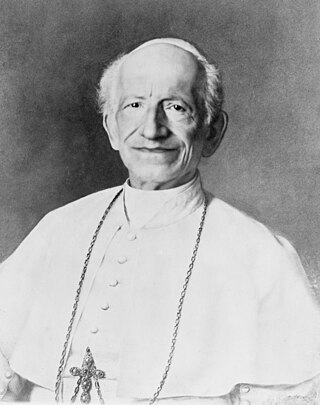
Pope Leo XIII was head of the Catholic Church from 20 February 1878 until his death in July 1903. Living until the age of 93, he was the oldest pope whose age can be validated, and had the fourth-longest reign of any pope, behind those of Peter the Apostle, Pius IX and John Paul II.
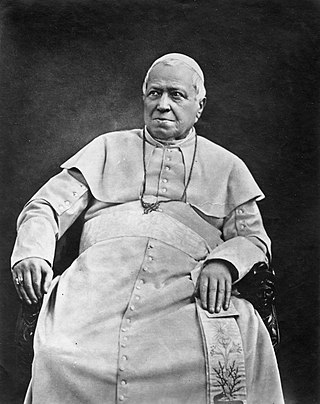
Pope Pius IX was head of the Catholic Church from 1846 to 1878. His reign of nearly 32 years is the longest of any pope in history. He was notable for convoking the First Vatican Council in 1868 and for permanently losing control of the Papal States in 1870 to the Kingdom of Italy. Thereafter, he refused to leave Vatican City, declaring himself a "prisoner in the Vatican".

Pope Benedict XV, born Giacomo Paolo Giovanni Battista della Chiesa, was head of the Catholic Church from 1914 until his death in January 1922. His pontificate was largely overshadowed by World War I and its political, social, and humanitarian consequences in Europe.
Modernism in the Catholic Church describes attempts to reconcile Catholicism with modern culture, specifically an understanding of the Bible and Catholic tradition in light of the historical-critical method and new philosophical and political developments of the late 19th and early 20th centuries.

Pietro Gasparri was a Roman Catholic cardinal, diplomat and politician in the Roman Curia and the signatory of the Lateran Pacts. He served also as Cardinal Secretary of State under Popes Benedict XV and Pope Pius XI.

According to Roman Catholicism, the history of the papacy, the office held by the pope as head of the Catholic Church, spans from the time of Peter to the present day.
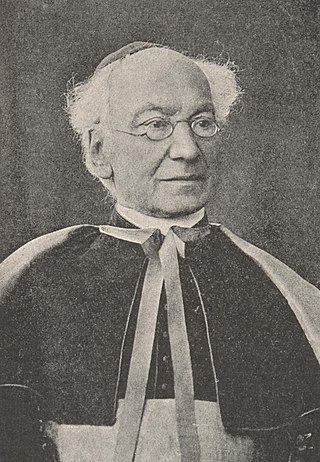
Giuseppe Pecci was a Jesuit Thomist theologian whose younger brother, Vincenzo, became Pope Leo XIII and appointed him a cardinal. The Neo-Thomist revival, which Pecci and Leo XIII originated in 1879, remained the leading papal philosophy until Vatican II.
Persecutions against the Catholic Church took place during the papacy of Pope Pius XII (1939–1958). Pius' reign coincided with World War II (1939–1945), followed by the commencement of the Cold War and the accelerating European decolonisation. During his papacy, the Catholic Church faced persecution under Fascist and Communist governments.
Pope Pius XII and Poland includes Church relations from 1939 to 1958. Pius XII became Pope on the eve of the Second World War. The invasion of predominantly Catholic Poland by Nazi Germany in 1939 ignited the conflict and was followed soon after by a Soviet invasion of the Eastern half of Poland, in accordance with an agreement reached between the dictators Joseph Stalin and Adolf Hitler. The Catholic Church in Poland was about to face decades of repression, both at Nazi and Communist hands. The Nazi persecution of the Catholic Church in Poland was followed by a Stalinist repression which was particularly intense through the years 1946–1956. Pope Pius XII's policies consisted in attempts to avoid World War II, extensive diplomatic activity on behalf of Poland and encouragement to the persecuted clergy and faithful.
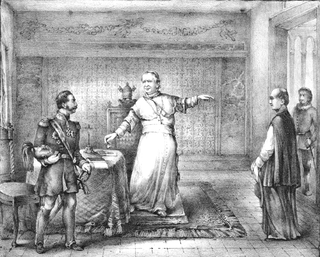
Pope Pius IX and Russia includes the relations between the Pontiff and the Russian Empire during the years 1846–1878.

Ad Caeli Reginam is an encyclical of Pope Pius XII, given at Rome, from St. Peter's Basilica, on the feast of the Maternity of the Blessed Virgin Mary, the eleventh day of October, 1954, towards the end of the Marian year, in the sixteenth year of his Pontificate. The encyclical is an important element of the Mariology of Pope Pius XII. It established the feast Queenship of Mary.

The Mariology of the popes is the theological study of the influence that the popes have had on the development, formulation and transformation of the Roman Catholic Church's doctrines and devotions relating to the Blessed Virgin Mary.
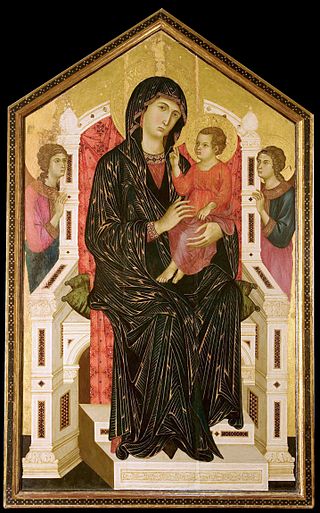
Mariological papal documents have been a major force that has shaped Roman Catholic Mariology over the centuries. Mariology is developed by theologians on the basis not only of Scripture and Tradition but also of the sensus fidei of the faithful as a whole, "from the bishops to the last of the faithful", and papal documents have recorded those developments, defining Marian dogmas, spreading doctrines and encouraging devotions within the Catholic Church.
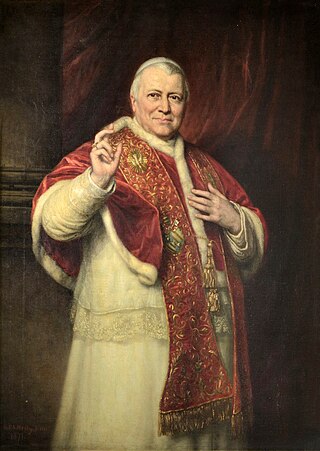
Vatican during the Savoyard era describes the relation of the Vatican to Italy, after 1870, which marked the end of the Papal States, and 1929, when the papacy regained autonomy in the Lateran Treaty, a period dominated by the Roman Question.
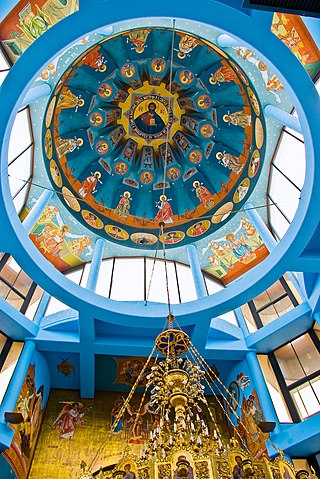
Eastern Catholic victims of Soviet persecutions include bishops and others among the tens of thousands of victims of Soviet persecutions from 1918 to approximately 1980, under the state ideology of Marxist–Leninist atheism.
The 1847 Agreement between the Holy See and the Russian Empire was a diplomatic arrangement entered into on 3 August of that year.
The relations between Pope Pius X and Russia were difficult, and the situation of Polish Catholics in Russia did not improve.

The theology of Pope Pius IX championed the pontiff's role as the highest teaching authority in the Church.

In the time of Pope Pius IX, Poland had long been partitioned among three neighbouring powers and no longer existed as an independent country. The Polish people lived under the rule of the Russian Empire, the Austrian Empire and Prussia.
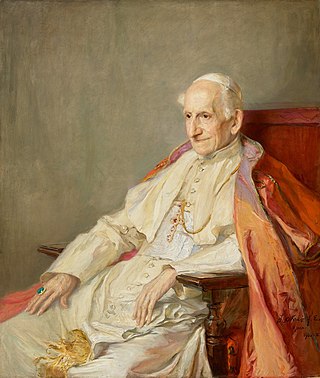
The theology of Pope Leo XIII was influenced by the ecclesial teachings of the First Vatican Council (1869-1870), which had ended only eight years before his election in 1878. Leo issued some 46 apostolic letters and encyclicals dealing with central issues in the areas of marriage and family and state and society.












